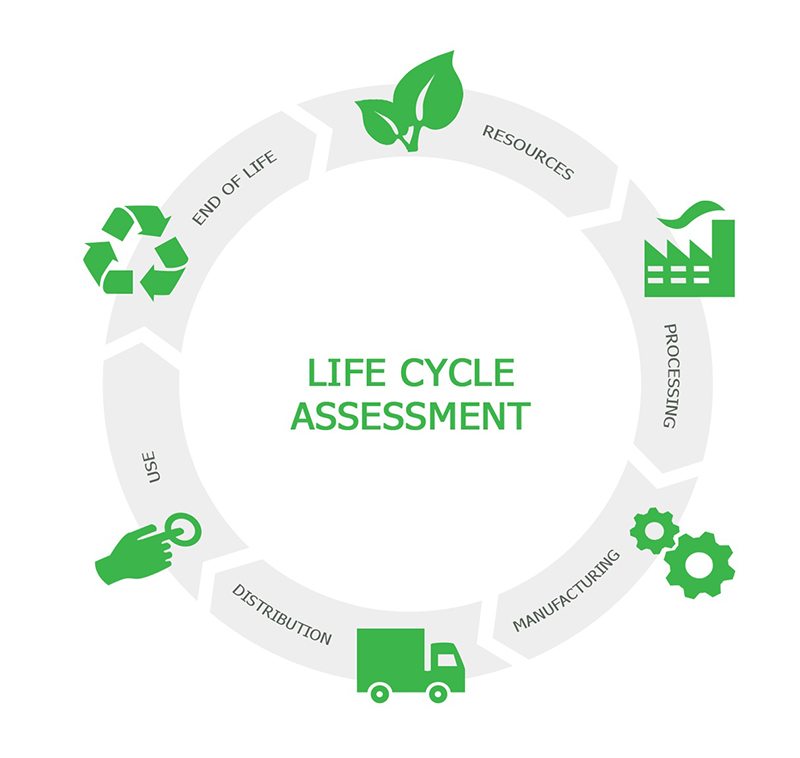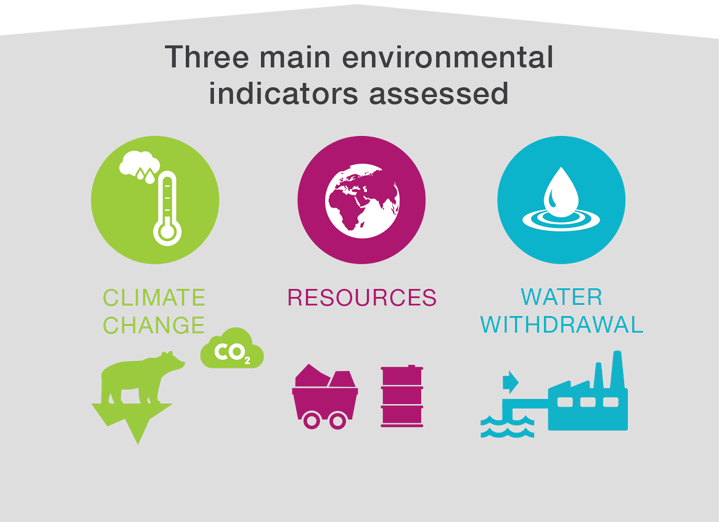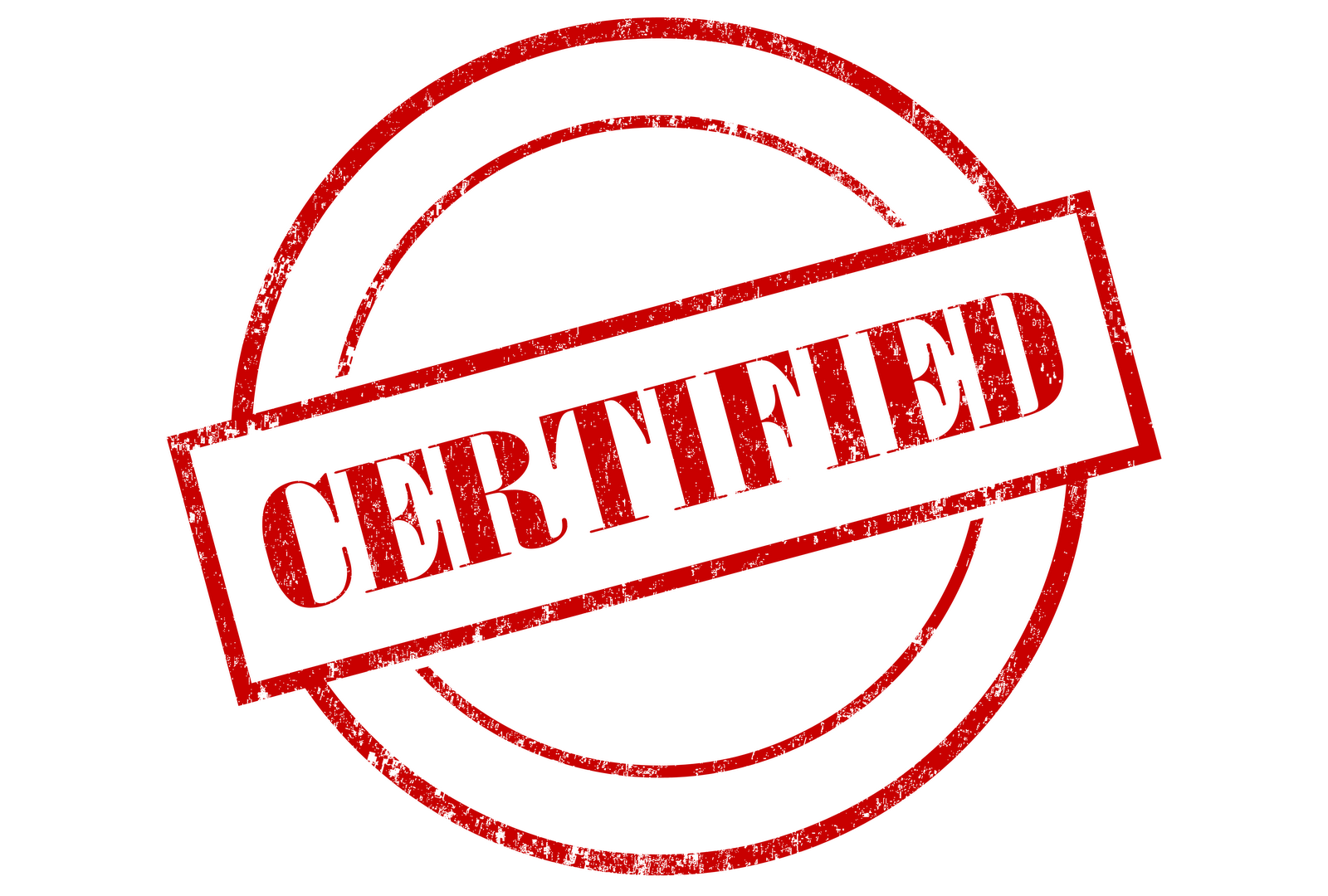EPD
The Declaration, created on a voluntary basis, must be prepared with reference to an LCA (Life Cycle Assessment), which defines the consumption of resources (materials, water, energy) and the impact on surrounding environment in the various stages of the product life cycle. The minimum stages considered range from the extraction of the raw materials, their transport to the production site and production itself (“from cradle to gate”), or until the product has been disposed of (“from cradle to grave”).
The results are presented in summary form using a series of environmental indicators, such as the amount of carbon dioxide emitted or GWP (Global Warming Potential) per declared unit of product (e.g. per tonne).
The results are presented in summary form using a series of environmental indicators, such as the amount of carbon dioxide emitted or GWP (Global Warming Potential) per declared unit of product (e.g. per tonne).





